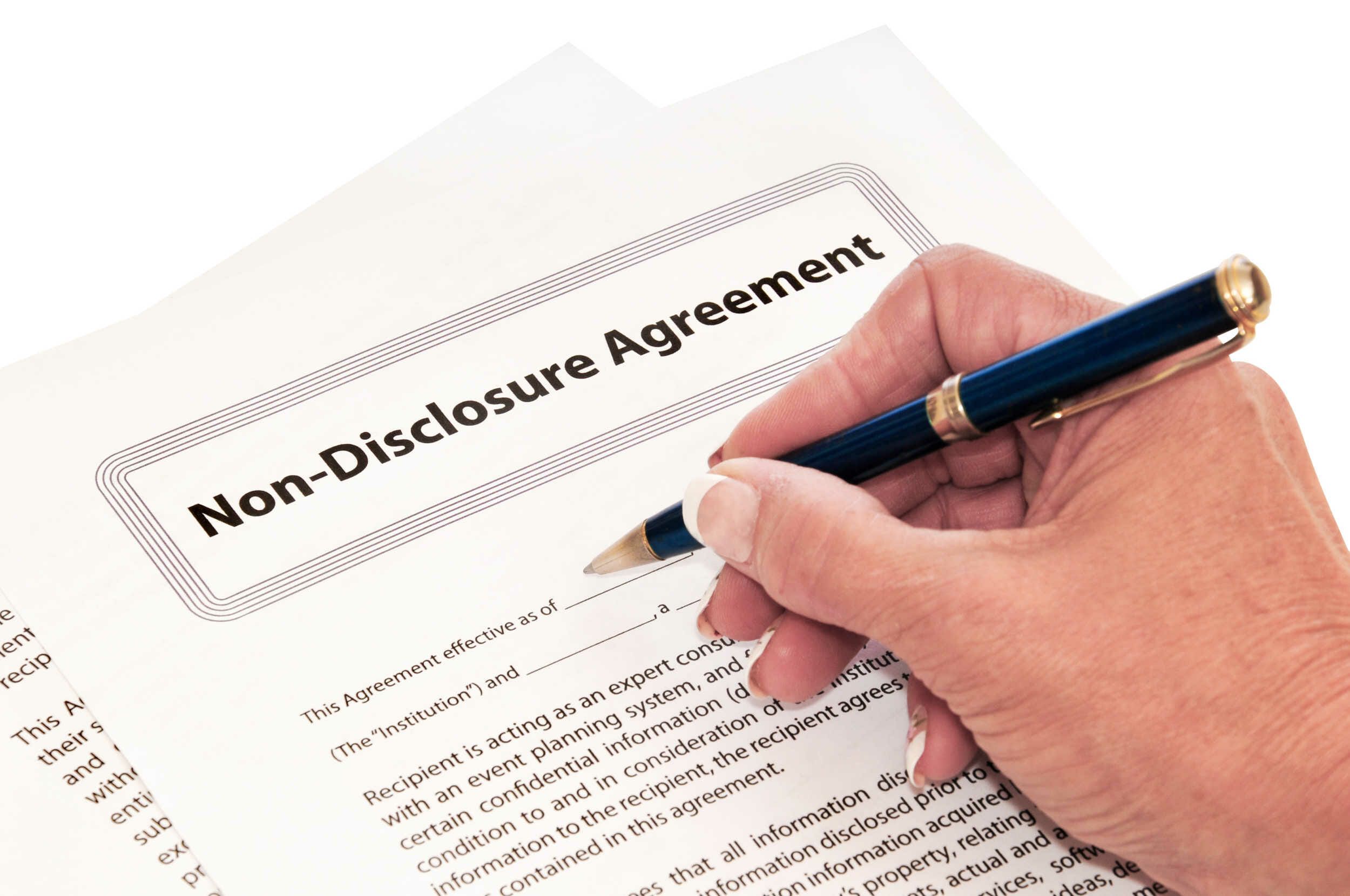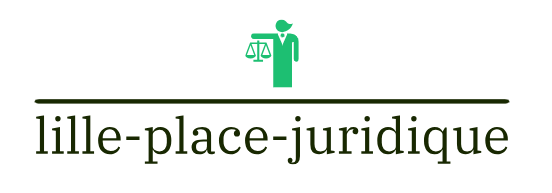
Unlocking Non-disclosure Agreement Drafting Mastery
Navigating the intricacies of non-disclosure agreements (NDAs) requires a keen understanding of legal nuances and strategic drafting. In this article, we explore key tips for crafting effective NDAs that protect sensitive information and foster secure business relationships.
Understanding the Purpose of NDAs: Setting the Foundation
Before delving into the drafting process, it’s essential to grasp the fundamental purpose of NDAs. These agreements serve to safeguard confidential information shared between parties. Whether in business negotiations, collaborations, or employment relationships, a well-crafted NDA establishes a legal framework for protecting sensitive data and trade secrets.
Clear and Precise Definitions: The Essence of Effective Drafting
The success of an NDA hinges on the clarity of its terms. Clearly defining key terms such as “confidential information,” “disclosing party,” and “receiving party” is paramount. Precision in language ensures that both parties have a shared understanding of the information covered by the agreement, minimizing the risk of disputes later on.
Scope and Limitations: Setting Boundaries for Protection
Crafting a robust NDA involves carefully delineating the scope of protection and its limitations. Clearly outline what constitutes confidential information and specify any exclusions. This provides a clear understanding of the boundaries within which information is protected and helps avoid ambiguity in interpreting the agreement’s applicability.
Duration and Termination: Temporal Aspects of Protection
Consideration of the temporal aspects is crucial in NDA drafting. Specify the duration of confidentiality obligations and the conditions under which the agreement can be terminated. Providing clarity on the timeline of protection ensures that both parties are aware of their obligations and rights throughout the agreement’s lifespan.
Obligations of the Receiving Party: Establishing Responsibilities
A well-drafted NDA clearly outlines the obligations of the receiving party. This includes the duty to maintain confidentiality, restrictions on disclosure to third parties, and the use of confidential information solely for the agreed-upon purpose. Establishing these responsibilities is vital for holding the receiving party accountable for safeguarding the shared information.
Permitted Disclosures: Anticipating Exceptions
Anticipate and address situations where disclosure may be necessary. Clearly articulate any exceptions or instances where the receiving party is permitted to disclose confidential information. Common exceptions include disclosures required by law, court orders, or disclosures with the written consent of the disclosing party.
Enforceability Considerations: Building Legal Strength
Drafting an NDA goes beyond language; enforceability is key. Ensure that the agreement complies with applicable laws and jurisdictional requirements. Consult legal professionals to validate the enforceability of your NDA in different regions, especially if dealing with international parties.
Mutual or One-sided NDA: Tailoring to the Situation
Decide whether a mutual (two-way) or one-sided (one-way) NDA is more appropriate for the situation. Mutual NDAs involve reciprocal obligations for both parties to protect each other’s confidential information. One-sided NDAs, on the other hand, protect only the disclosing party’s information. Tailor the agreement to the specific needs of the relationship.
Confidentiality Training: Fostering Compliance Awareness
While not directly part of the drafting process, providing confidentiality training to involved parties is a valuable tip. Educate employees or collaborators on the importance of NDA compliance, the types of information covered, and the consequences of breaches. This proactive approach fosters awareness and minimizes the risk of unintentional violations.
Regular Review and Updates: Adapting to Changing Circumstances
The business landscape is dynamic, and information evolves over time. Regularly review and update your NDAs to ensure they remain relevant and effective. As business relationships change or new types of information emerge, adapting the NDA to reflect these changes is essential for maintaining robust protection.
Non-disclosure Agreement Drafting Tips: Your Guide to Expertise
For an in-depth guide on non-disclosure agreement drafting tips and expert insights, visit Non-disclosure Agreement Drafting Tips. This resource serves as a valuable hub for legal professionals and businesses, offering comprehensive information to enhance their NDA drafting skills and protect confidential information effectively.
In conclusion, mastering the art of non-disclosure agreement drafting requires a meticulous approach. By understanding the agreement’s purpose, using clear language, addressing key considerations, and staying proactive in enforcement, legal professionals can craft NDAs that provide strong protection for sensitive information and foster secure business relationships.




